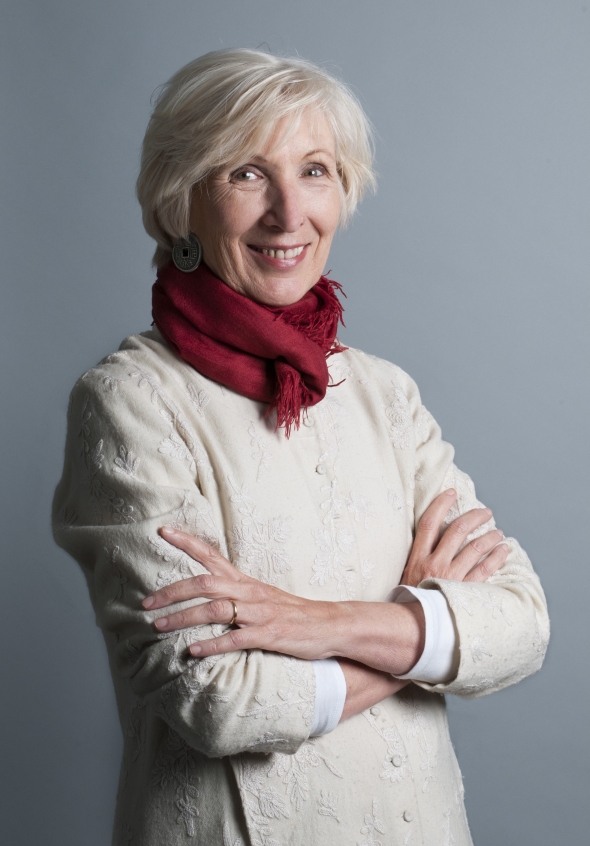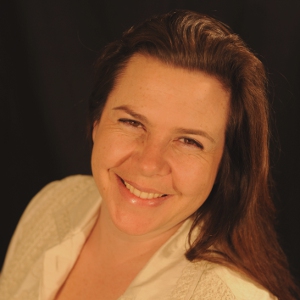 By Barbara Goldschmidt, teacher, researcher, licensed massage therapist, and co-author with Niamh van Meines of Comforting Touch in Dementia and End of Life Care: Take My Hand.
By Barbara Goldschmidt, teacher, researcher, licensed massage therapist, and co-author with Niamh van Meines of Comforting Touch in Dementia and End of Life Care: Take My Hand.
My passion for integrative health care began 30 years ago, when I travelled to California to recuperate from a car accident. I was a seeker, looking for solace and a new path. Southern California offered warmth, reasonable rents, and ways of living that seemed open to many possibilities. It was commonplace there to focus on fitness, and easy to find gyms, yoga teachers, health food stores, and book shops filled with Eastern philosophy and self-help. Then there was the Pacific Ocean, like a big glittering mirror, reflecting who you were and at the same time inviting you to look deeper.
This was all very different from life in New York City at the time, where a focus on fitness was not so commonplace. In fact, friends on the East Coast often looked down on some of these pursuits. They’d ask, ‘Why is California like a breakfast cereal?’ Answer: Because it’s full of fruits, flakes and nuts! Maybe they thought it was foolish, but I felt I was finally becoming sensible.
During my seven years in Los Angles I completed my bachelor’s degree at UCLA, but my most meaningful studies were outside of traditional academia. I explored ‘alternative’ therapies, as they were called back then, because they were not part of the mainstream. Fortunately, I found reliable teachers who were masters in their field. I practiced yoga every day in Bikram Choudhury’s classes. Thanks to Jack Gray, whose energy work was studied by Dr. Thelma Moss at UCLA’s Parapsychology Lab, I learned how to direct my thoughts to help the healing process and to use my hands to do what Mr. Gray called ‘transfer of energy’. Dr. Grace Brunler demonstrated how she had used color light in her medical practice with her husband Oscar Brunler. With Jon Hofferman, a grad student from the UCLA film department, we made a short documentary about her work.
It was an exciting time, because it felt like a real movement in personal well-being was taking place. It wasn’t being led by doctors, but by ordinary people who were looking for more than symptom relief. They wanted therapies that were natural and non-toxic, and a way to be involved in the healing process. That was a key—becoming an active participant in wellness and illness instead of being a passive recipient of care. The quest for ways to be involved in the healing process, and for tangible ways to share it, became the continuing thread of my studies, writing and teaching.
When I moved back to New York City I wondered if I would be able to maintain the gentle practices I’d learned. As it turned out, I discovered deeper and more specific ways of practicing. With Catherine Shainberg, director of the School of Images, I studied body-centered imagery for many years. Dr. Shainberg doesn’t give answers, but leads students to the answers within themselves. My sessions with her led me to study massage therapy at the Swedish Institute, a college of health sciences in Manhattan. This allowed me to go from just writing about this field to becoming a practitioner.
After working for a few years as a licensed massage therapist, a desire for a more effective ways to engage with the body led me to Jeffrey C. Yuen and the study of Chinese medicine. I began to understand that energy, or Qi, infuses all of life, and that it is fundamental. Qi is our energetic program; it creates the body and directs our growth, development and everyday processes, including healing.
While I appreciate that there exists some controversy around the idea of Qi—it has no standard definition, it’s not readily visible, and can’t be quantified—I embrace its usefulness as teachers and practitioners have done through the ages. Directing Qi through the use of meridian points became the foundation of my practice, which often included teaching people to move their Qi from within through imagery.
Today, ‘alternative’ therapies are not just for Californians and even in New York City there are plenty of gyms, as well as stores selling organic food. Yoga, massage, meditation and acupuncture are now part of an integrative approach to cancer care, palliative care or chronic conditions in medical institutions around the world.
Comforting Touch for Dementia and End of Life Care: Take My Hand, is an integrative approach that will hopefully inspire people to explore touch as a way to share the radiant energy of their care. I was fortunate to have as co-author Niamh van Meines, who brought in her expertise and passion as a massage therapist and nurse practitioner working in hospice and palliative care. In the book, we introduce people to the idea that their touch involves the physical aspects of skin, muscles and bone; the energies of warmth, electromagnetism and Qi; and the inner quality, or spirit, which they bring to it. All will have beneficial effects for both the giver as well as the receiver. And in the spirit of integrative care, we encourage caregivers to become part of a team—whether with a doctor, nurse, social worker, psychologist, massage therapist, acupuncturist or pastoral advisor—so they will not feel alone, inhibited by initial awkwardness, or unnecessarily fearful.
I was happy when our book proposal was accepted by Jessica Kingsley Publishers, because they are so dedicated to the healing arts and to books that people can use to help one another. When Lisa Clark, our sponsoring editor, told us we would be part of the Singing Dragon imprint, it seemed especially fitting, because the energy of nature and the Eastern philosophy that teaches ways to engage with it have been a big part of my life. I hope that this book will be useful for the many people caring for someone with dementia or at the end of life, and that it will provide a meaningful way to discover both a tenderness and a power that we all have in common.
Next blog post: Compassionate care through touch – An interview with Niamh van Meines »
Copyright © Singing Dragon 2011.


